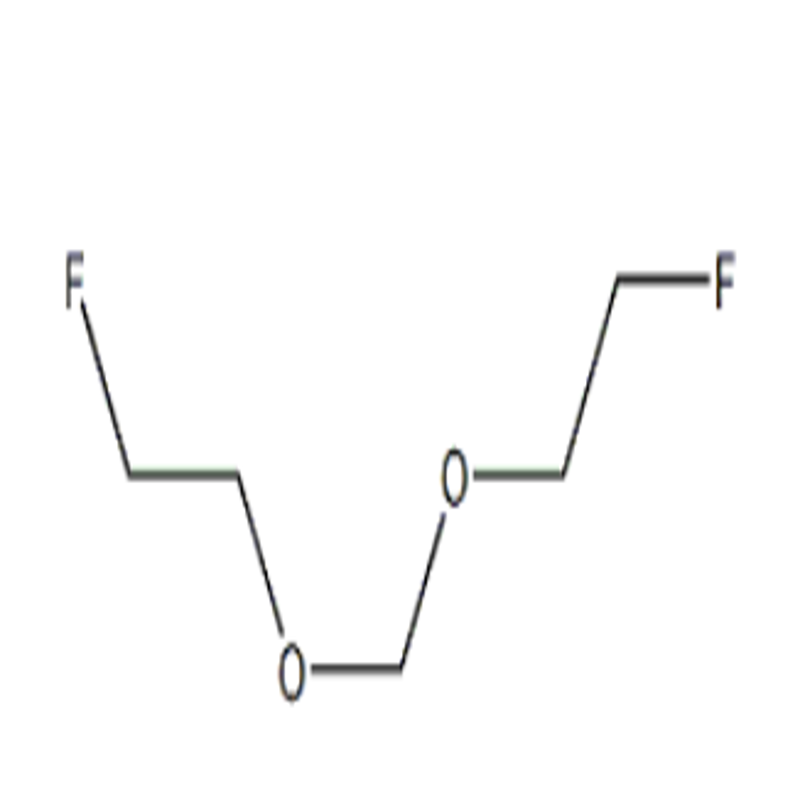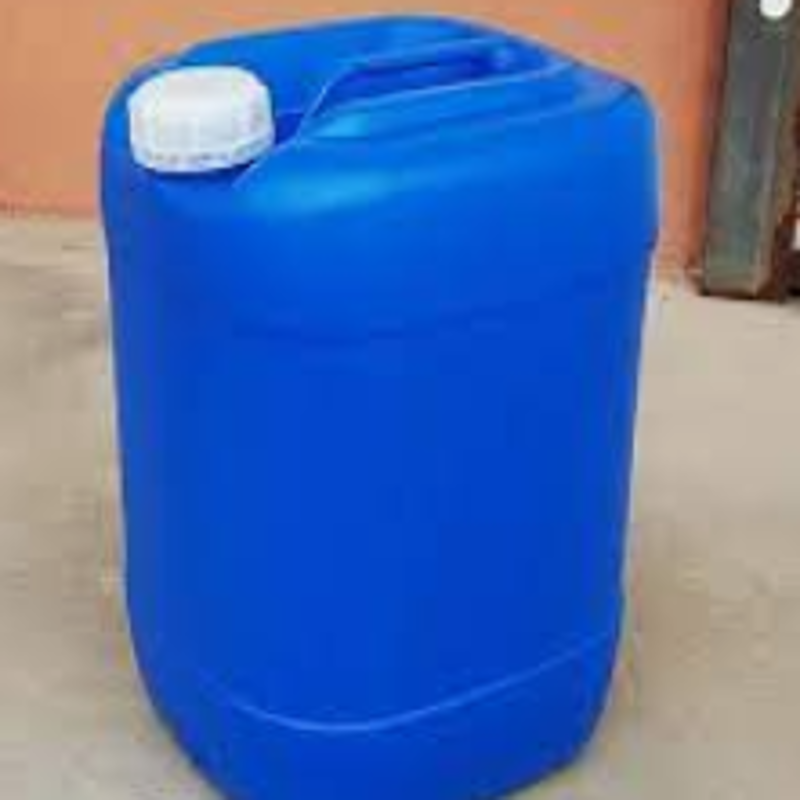-
Categories
-
Pharmaceutical Intermediates
-
Active Pharmaceutical Ingredients
-
Food Additives
- Industrial Coatings
- Agrochemicals
- Dyes and Pigments
- Surfactant
- Flavors and Fragrances
- Chemical Reagents
- Catalyst and Auxiliary
- Natural Products
- Inorganic Chemistry
-
Organic Chemistry
-
Biochemical Engineering
- Analytical Chemistry
-
Cosmetic Ingredient
- Water Treatment Chemical
-
Pharmaceutical Intermediates
Promotion
ECHEMI Mall
Wholesale
Weekly Price
Exhibition
News
-
Trade Service
4-[3-(4-Hydroxybutyl)-4,4-dimethyl-2,5-dioxo-1-imidazolidinyl]-2-(trifluoromethyl)benzonitrile is a chemical compound that is commonly used in the chemical industry.
It is also known by its chemical formula, IM-203.
This compound is classified as a solid and is a white to off-white crystalline powder.
IM-203 is used as an intermediate in the production of several downstream products, including pharmaceuticals, agrochemicals, and dyes.
One of the most common uses of IM-203 is in the production of certain types of pharmaceuticals.
This is because it has been found to have anti-inflammatory, analgesic, and antipyretic properties.
This makes it a valuable intermediate in the production of painkillers, anti-inflammatory drugs, and fever reducers.
In addition to its use in pharmaceuticals, IM-203 is also used in the production of agrochemicals.
Specifically, it is used as an intermediate in the production of herbicides and pesticides.
This is because it has been found to have herbicidal and insecticidal properties.
IM-203 is also used in the production of dyes.
It is used as a precursor in the production of certain types of azo dyes, which are colorants commonly used in textile dying and printing.
In order to produce these downstream products, IM-203 must first be synthesized.
This is typically done through a multi-step synthesis process that involves the use of various chemical reagents and conditions.
The specific steps in the synthesis process will depend on the specific application and the desired product.
One of the key challenges in the synthesis of IM-203 is the purification of the final product.
As a white to off-white crystalline powder, IM-203 is relatively easy to separate from other components in the synthesis mixture.
However, it is still necessary to ensure that the final product is pure and free of impurities in order to ensure its effectiveness as an intermediate in the production of downstream products.
There are several different methods that can be used to purify IM-203, including crystallization, precipitation, and chromatography.
Crystallization involves dissolving the impure IM-203 in a solvent and allowing it to cool and crystallize.
This can help to separate the IM-203 from other impurities that may be present.
Precipitation involves adding a solvent to the impure IM-203, causing it to precipitate out of solution.
This can also help to separate the IM-203 from other impurities.
Chromatography is a more advanced technique that involves passing the impure IM-203 through a column that contains a stationary phase.
The IM-203 will interact with the stationary phase in different ways depending on its properties, allowing it to be separated from other impurities.
Once the IM-203 has been purified, it can be used as an intermediate in the production of downstream products.
The specific steps involved in these productions will depend on the specific application and the desired product.
In conclusion, 4-[3-(4-Hydroxybutyl)-4,4-dimethyl-2,5-dioxo-1-imidazolidinyl]-2-(trifluoromethyl)benzonitrile, or IM-203, is a valuable intermediate in the production of pharmaceuticals, agrochemicals, and dyes.
It is typically synthesized through a multi-step process that involves the use of various chemical reagents and conditions.
The purification of IM-203 is an important step in the synthesis







